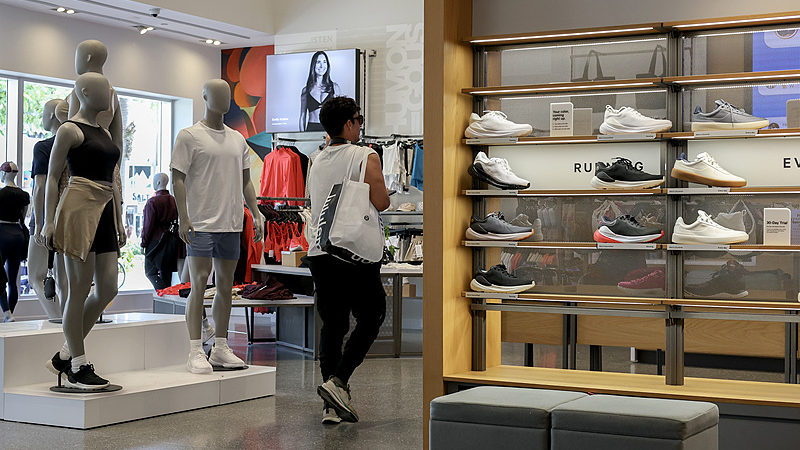U.S. consumers are facing the highest tariffs since 1934, with the overall average effective rate on imported goods soaring to 18.3% by July 31, 2025, according to a Yale University Budget Lab report released Friday. This surge marks a turning point in trade policy that could reshape economic forecasts for years to come.
Data-driven forecasts suggest the new tariffs will shave 0.5 percentage points off real U.S. GDP growth in both 2025 and 2026. At the same time, unemployment is expected to tick up by 0.3 percentage points by year-end 2025, rising further to 0.7 percentage points by the end of 2026, amplifying concerns among business and tech communities about hiring and investment.
For households, the impact is immediate and personal. The average U.S. household could see its annual spending jump by $2,400 in 2025. Apparel and footwear buyers will feel the sting the most, with short-term price spikes of 38% for clothing and 40% for shoes. Even after markets adjust, prices are forecast to remain elevated—19% higher for footwear and 17% for apparel in the long run.
The study comes in the wake of a sweeping executive order signed by U.S. President Donald Trump on Thursday. Effective August 7, it will impose tariffs of 10% to 40% on goods from 69 trading partners, a move that has sparked criticism from global leaders and business groups alike.
Trade experts warn the ripple effects could reshape supply chains worldwide as companies rethink sourcing and pricing strategies. From smartphones to sustainable products, the global marketplace is on watch as this policy shift unfolds.
As young global citizens track the real-world fallout, entrepreneurs and travelers alike will be watching how businesses adapt—whether by reshoring production, diversifying supply lines, or passing costs onto consumers.
Reference(s):
U.S. consumers hit with highest tariffs since 1934, Yale study finds
cgtn.com



